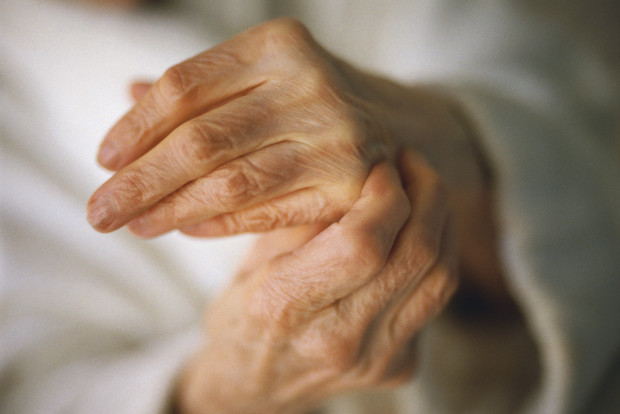No products in the cart.
Fitness Tips
Arthritis Set to Afflict More Than One Billion People Over 30

Many people’s joints will begin to become inflamed and uncomfortable as they get older. Osteoarthritis currently affects 15 percent of the global population over the age of 30, but a new study found that that number could balloon to more than 1 billion people by 2050.
The research was published in The Lancet and was part of the Global Burden of Disease Study 2021. The team collected 30 years of osteoarthritis data from 1990 to 2020 to predict how the stats will change in more than 200 nations in the future. In that time frame, the number of those with osteoarthritis increased from 256 million people to 595 million, or 7.6 percent of the global population.
Aging, population growth, longer life expectancy, and obesity have been the biggest drivers of the continuing trend. Obesity in particular was found to be responsible for about 20 percent of debilitating osteoarthritis in 2020, compared to 16 percent in 1990. By 2050, the condition is expected to increased by 74.9 percent in knees, 48.65 percent in hands, 78.6 percent in hips, and 95.1 percent in other joints like the elbow and shoulder.
“With the key drivers of people living longer and a growing world population, we need to anticipate stress on health systems in most countries,” study author Jaimie Steinmetz said in a statement. “There is no effective cure for osteoarthritis right now, so it’s critical that we focus on strategies of prevention, early intervention, and making expensive, effective treatments like joint replacements more affordable in low- and middle-income countries.”
Related: CBD for Arthritis: 10 Top CBD Oils, Gummies And More
The scientists believe that if obesity can effectively be addressed around the world, it would lead to an approximate 20-percent drop in osteoarthritis burden. “Health care systems and governments have an opportunity to engage and participate in identifying vulnerable populations, addressing drivers of obesity, and developing management strategies to prevent or slow down the progression of osteoarthritis,” study co-author Liane Ong shared.
Ong also explained the contradiction that can arise when obese people try to treat their arthritis with exercise.
“The role that physical inactivity plays in obesity and pain associated with osteoarthritis can have opposite and unintended negative cycles,” she said. “For example, being physically active can prevent injuries earlier in life and can even be beneficial for someone with joint pain. It’s counterintuitive, but having joint pain doesn’t mean we should remain sedentary.”
If you find yourself reaching for the pain relief cream in the coming decades, just know you won’t be alone.
Source link

